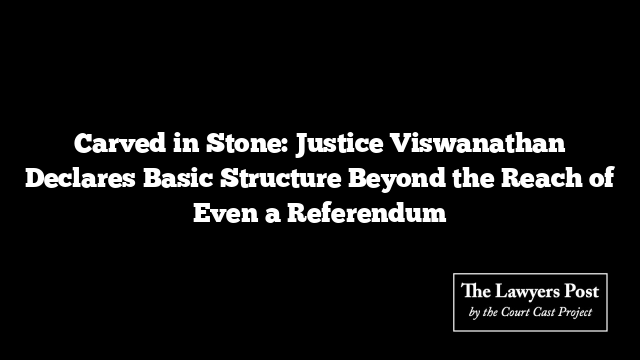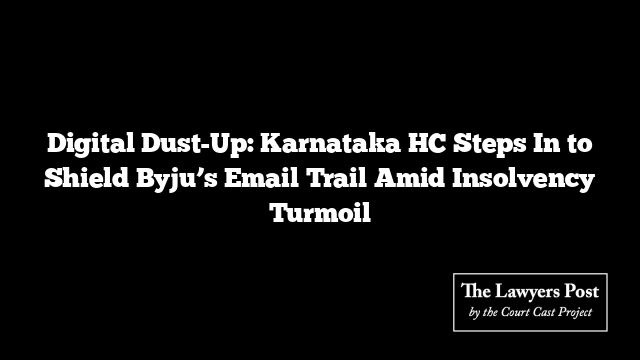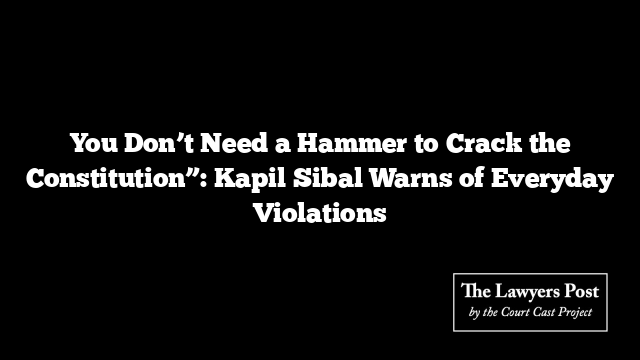In a rare moment of judicial candor, Supreme Court Justice KV Viswanathan declared that the Basic Structure doctrine—India’s constitutional backbone—remains untouchable, even in the hypothetical glare of a nationwide referendum.
Speaking at the launch of The Basic Structure Doctrine, authored by Justice Rohinton Nariman, Viswanathan dismissed critiques of the landmark Kesavananda Bharati case with a quiet finality. “Nobody has managed to present a coherent alternative,” he said, calling the logic behind the 1973 judgment “fascinating” and “unshaken.”
The judge revisited a philosophical question once thrown at legendary jurist Nani Palkhivala during the hearings: What if constitutional amendments had always required a referendum? Would the idea of a ‘basic structure’ even be needed? Palkhivala reportedly struggled to answer. But Viswanathan didn’t flinch.
“Even with a referendum,” he insisted, “some rights are simply beyond reach. These aren’t privileges granted by the state. They are inherent, natural, and shielded from both Parliament and popular vote.” He argued that Article 368, as it stands, protects these core principles, and no change in process—no matter how democratic—could rewrite that truth.
Calling for a deeper national memory, Viswanathan proposed that Kesavananda Bharati—the monk whose name is forever etched into India’s constitutional history—be honored with a statue or portrait. “Like England did with Donoghue,” he said, referencing the foundational tort case, “we too should enshrine those who shaped our legal soul.”
For Viswanathan, the doctrine is not just legal precedent—it’s inspiration. “It drives every lawyer. It drives me as a judge,” he said, motioning to Justice Nariman. “And it continues to echo in the conscience of our Constitution.”





